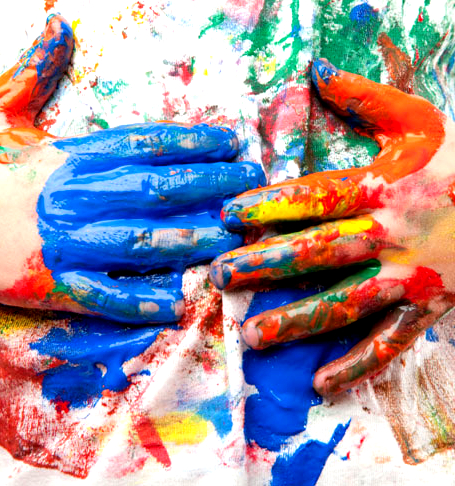Creativity key to STEM too
 A local researcher is pushing for Australian schools and universities to increase their emphasis on teaching creativity.
A local researcher is pushing for Australian schools and universities to increase their emphasis on teaching creativity.
New research has explored the nature of creativity in an attempt to determine if specific differences exist between creativity in the sciences and creativity in the arts.
It found that found that creativity in science, technology, engineering and mathematics (STEM) is very similar to creativity in the arts, indicating that a holistic approach to teaching creativity in schools and universities, would benefit all.
UniSA’s Professor David Cropley says the study provides a valuable insight into how education systems might assess and foster students’ creative capabilities.
“The big change for education systems would be moving away from a rather fragmented and haphazard approach to teaching creativity, to a much more holistic and integrated approach,” Prof Cropley says.
“To prepare the next generation for the future, we need to understand the gaps in the market – the human skills that computers, artificial intelligence and automation cannot achieve – and this is where creativity fits.
“Until this research, we didn’t know whether creativity in STEM was the same as creativity in anything, or if there was something unique about creativity in STEM. If creativity was different in STEM – that is, it involved special attitudes or abilities – then we’d need to teach STEM students differently to develop their creativity.
“As it turns out, creativity is general in nature – it is essentially a multi-faceted competency that involves similar attitudes, disposition, skills and knowledge, all transferrable from one situation to another.
“So, whether you’re in art, maths or engineering, you’ll share an openness to new ideas, divergent thinking, and a sense of flexibility.
“This is great news for teachers, who can now confidently embrace and integrate heightened levels of creativity across their curriculum for the benefit of all students – whether STEM or arts based.”








 Print
Print